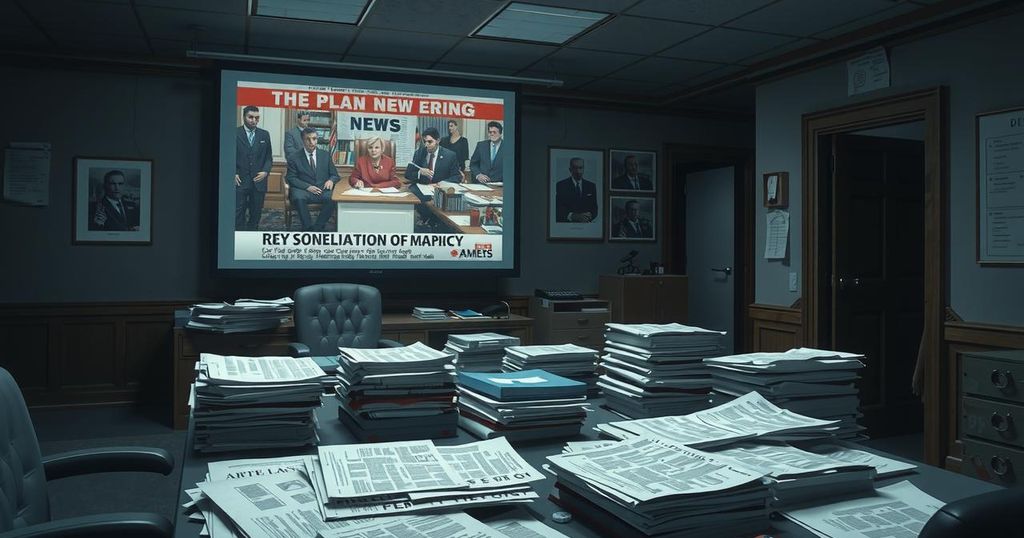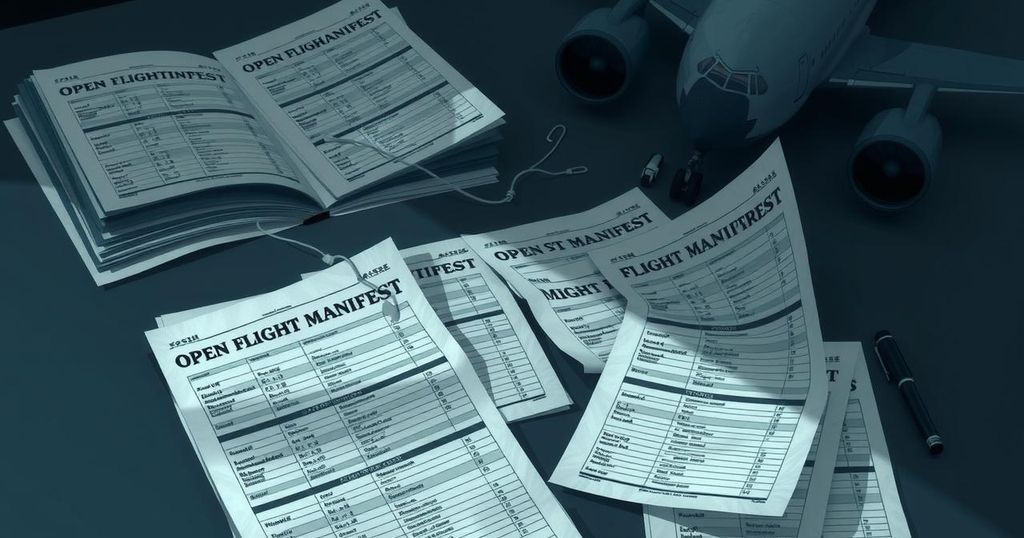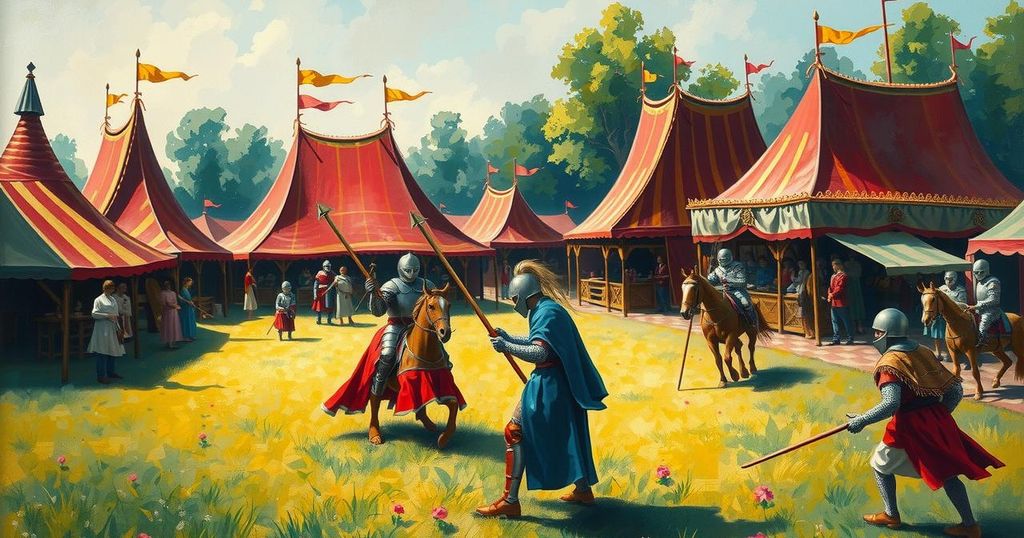Trump’s Confrontational Diplomacy: Ambushing South Africa’s President
President Trump’s recent meeting with South African President Cyril Ramaphosa showcased a confrontational approach that included provocative video displays about alleged ‘white genocide’. Ramaphosa utilized strategic diplomatic maneuvers involving prominent South African golfers to deflect Trump’s provocations. Despite Trump’s claims and dramatic rhetoric, Ramaphosa skillfully refrained from rising to the bait, while demonstrating the complexities foreign leaders face in these high-stakes encounters.
Three months into President Donald Trump’s second term, foreign dignitaries are realizing that a visit to the Oval Office can turn out to be more complicated than initially anticipated. This was evident during a recent meeting with South African President Cyril Ramaphosa, where the atmosphere turned somewhat confrontational.
In a televised encounter full of theatrics, Ramaphosa was drawn into a discussion concerning questionable claims of “white genocide” in South Africa. When a journalist raised the question, Ramaphosa suggested that Trump should “listen to the voices of South Africans” before forming conclusions on such claims. Trump’s response was not soft; he instructed an assistant to dim the lights and display a video on the topic, resembling an unexpected ambush.
In the background, Elon Musk, the billionaire founder who hails from South Africa, observed silently. The video showcased various politicians in South Africa making inflammatory statements, culminating in Trump giving a sweeping portrayal of alleged persecution against white South Africans. The intensity brought to mind a similar treatment he gave to Ukraine’s President Volodymyr Zelensky during a previous visit.
Trump invoked unverified imagery to underscore his point suggesting that these political figures—unaffiliated with the government—had the ability to seize land from white farmers. However, his assumption was flawed. While Ramaphosa had recently signed a bill for land expropriation without compensation, it remains unimplemented and does not reflect the actions of those shown in the footage.
The seasoned negotiator, who played a critical role in dismantling apartheid, brought a unique strategy to the Oval Office. Despite Trump’s apparent lack of awareness about diplomatic etiquette, Ramaphosa cleverly included two prominent golfers, Ernie Els and Retief Goosen, to navigate the discussions. Interestingly, Trump’s visible pleasure with their presence underscored the unusual turn of this diplomacy.
The two golfers managed to capture nearly as much attention as the South African president, who mainly contributed short statements during the talks. Ramaphosa’s tactical decision to include them served as a kind of protective buffer during the meeting. Their participation, alongside a white agriculture minister from an opposition party, provided a unique dynamic in the overall discussion.
Throughout the meeting, Trump repeatedly addressed the situation of white farmers, framing it as a serious concern. However, Ramaphosa maintained his composure and refused to engage directly with Trump’s provocations. At one moment, he cleverly posited that if true genocide were occurring, the golfers and an Afrikaner billionaire present would not have come to Washington.
Despite not showing emotional reactions, Ramaphosa’s responses were carefully orchestrated. Trump’s dramatic and attention-grabbing style of diplomacy seems more focused on connecting with the domestic audience than achieving real dialogue with international leaders. Indeed, this performance is part of Trump’s ongoing efforts to stoke grievances among his supporters, key to his Make America Great Again (MAGA) initiative.
Foreign leaders may need to adjust their approaches to these meetings as Trump persists with this style of diplomacy. Tactics that played well in the past might require reevaluation, especially in light of the president’s clear intent to wield such encounters for broader political goals.
In summary, the tense meeting between President Donald Trump and South African President Cyril Ramaphosa highlighted a confrontational approach that is becoming characteristic of Trump’s diplomatic style. The use of provocative video footage and attempts to sway perceptions around issues such as land confiscation illustrated a focus on domestic audience impact rather than genuine engagement. As more leaders navigate these exchanges, adjustments may be necessary to manage the unpredictable nature of such meetings.
Original Source: www.bbc.com




Post Comment